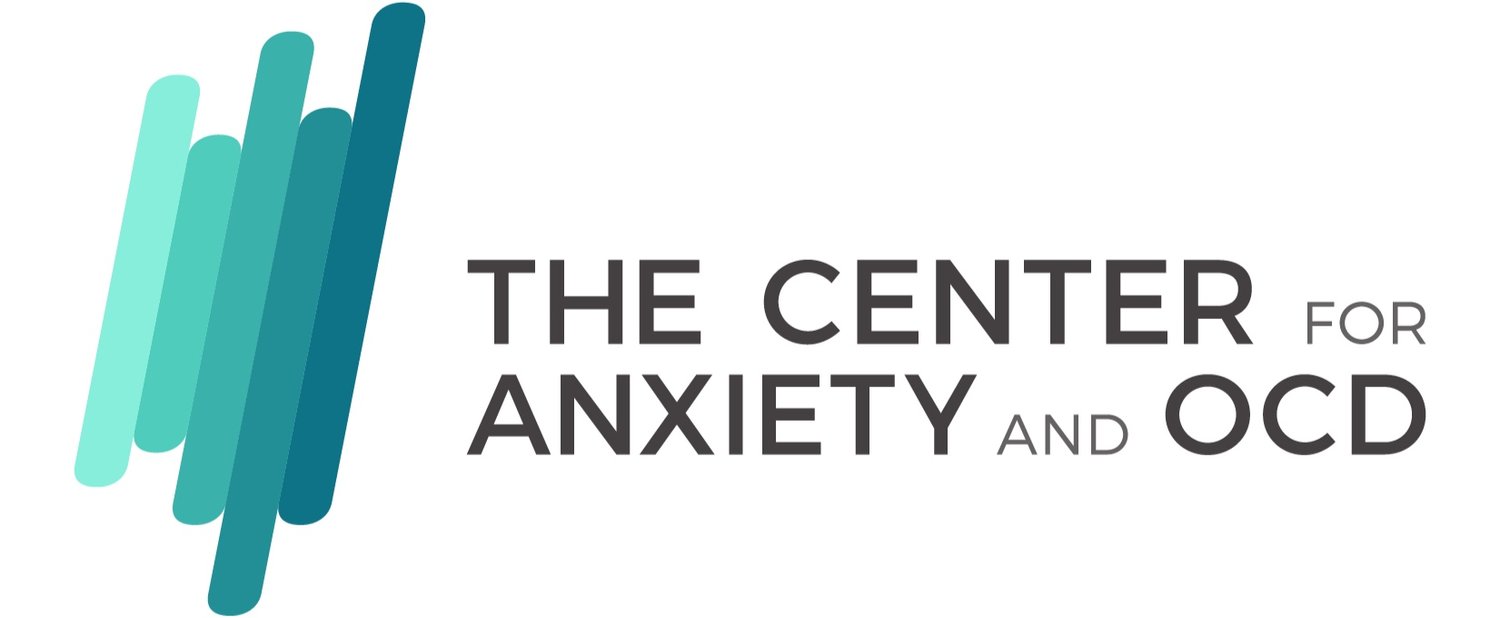
Generalized Anxiety Disorder
Generalized anxiety disorder (GAD) affects 6.8 million adults in the US population on any given year, with women being more often diagnosed than men. This condition is characterized by persistent and excessive worries about any number of subjects, including one’s career, health, family life, future or anticipated disasters, and many with GAD self describe as worriers. While everyone experiences worries, those affected with GAD may find that the intensity of their worry takes a toll on the quality of their life and relationships, which prompts them to seek out treatment. While GAD and OCD are both anxiety disorders, individuals with GAD typically do not engage in ritualistic, repetitive behaviors in order to calm the anxiety they feel. Also, those with GAD tend to worry about real-life concerns (although the amount they worry would seem excessive) while those with OCD frequently worry about more irrational or highly unlikely scenarios (ex: what if I'm secretly a mass murderer?)
How can I identify GAD?
Excessive and disproportionate worries about multiple aspects of one’s life
Frequently thinking about the worst case scenario
Constantly feeling “on edge” and experiencing a difficulty relaxing and letting go
Seeking reassurance from friends, family or the internet that things will be fine
Difficulty making decisions
Interrupted sleep or disturbed sleep, often times because of worries
Irritability or muscle aches
Tension headaches and depressed mood
Treatment for GAD
Many GAD sufferers notice that they are unable to feel fully present in their lives due to the incessant nature of their worries, and most find their way to treatment when one or more aspects of life have begun to suffer. In fact, GAD is sometimes accompanied by depression, as being excessively worried or preoccupied takes a toll on mood and can negatively impact all aspects of life. Thankfully, generalized anxiety disorder is highly treatable with the evidence-based strategies implemented at CAOCD. Using cognitive behavioral therapy (CBT) to challenge faulty thinking, acceptance and commitment therapy (ACT) to restructure your relationship to unwanted thoughts, and exposure with response prevention (ERP) to gradually face fears, you can learn to manage GAD and live a more fulfilling life. With the right strategies, your worries can be brought back down to scale.
